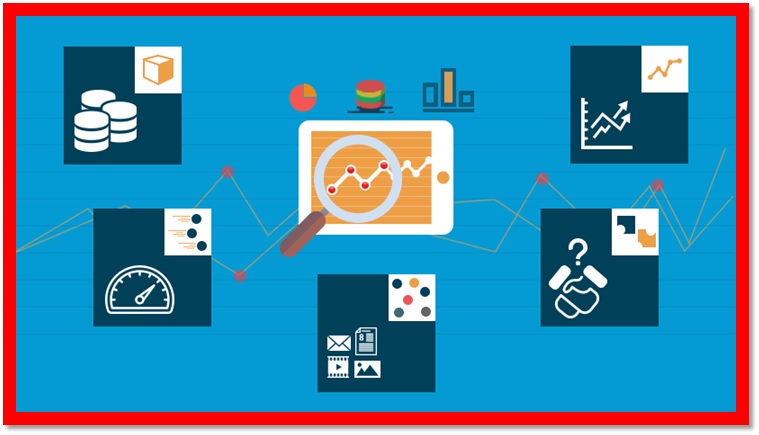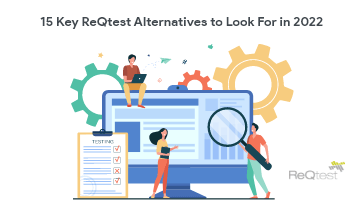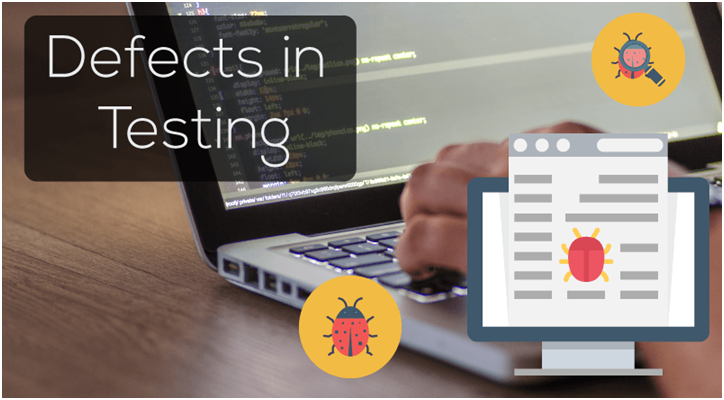Big Data needs no introduction and refers to the extremely large and complex data sets complemented by special tools and techniques for analysis. The large volume of data generated globally by businesses could be structured or unstructured, and appropriate analytics are required for decision making & strategizing, making the testing of Big Data a herculean task and Big Data itself a huge affair for the enterprises.
It is not just about the size of data, but what the tools and processes organizations deploy are of critical importance.
The Challenges of Testing Big Data Begin with the 7 Vs
Big Data keeps extending its support to various data sources every passing day and today IoT, Big Data, and Real-Time Analytics become a trilogy of sorts, interdependent and indispensable, bringing unique challenges with the 7 Vs of Big Data.
-
-
-
Volume
-
-
Data is available to businesses from multiple sources. Data is not just limited to business transactions but could possibly include sensor or machine-related data, even social media interactions or conversation records. Test strategies for Big Data need to cope with the sheer volume of the data captured from multiple channels.
-
-
-
Velocity
-
-
With continuous data flows, test plans need to adjust with data speed. Today, messages go viral on social media within seconds, and credit card transactions are validated within milliseconds. Patterns & interactions that drive businesses to make decisions within minutes need to be accurate enough and perfectly tested.
Tools for Big Data testing verify the data at generation points without relying solely on traditional validation techniques of the databases.
-
-
-
Variety
-
-
A depiction of different types of data that can be harnessed by Big Data measures up to the Variety of data. Data could be structured or unstructured, and could possibly include videos, photos, sensor data, transactions, recordings, and more.
Testing this diverse data test becomes a huge task in itself.
-
-
-
Veracity
-
-
This is a measure of data quality, considering the complex nature & magnitude of data, accuracy is an extremely important aspect to retain.
The diverse data sources giving rise to different formats of data are received with varying signal-to-noise ratios. Big Data testing strategies need to sort out these unwanted elements before analyzing the data sets.
-
-
-
Variability
-
-
The contextual interpretations of data sets need to be borne in mind while planning the Big Data testing. A special candidate for these tests is the data generated by natural language processing and also the social media
-
-
-
Visualization
-
-
Generating actionable insights with appropriate visualization is the chief aim of Big Data & Analytics. Graphical representations to indicate the information correctly need to be verified and tested meticulously.
-
-
-
Value
-
-
Correct and accurate interpretations from Big Data hold a lot of value for enterprises as they open up entirely new insight-driven predictions and judgments. Needless to say how important testing of the data becomes in this context as well.
The Unquestioned Importance of Big Data & its Testing
It is believed that almost 2.5 quintillion bytes of data is created daily across the globe. Different organizations have different capabilities in terms of data handling & processing these data sets; making Big Data & analytics technologies extremely important. Big Data Analytics, examines large data sets efficiently to collect insights, identify correlations and uncover hidden patterns.
The newer Cloud-based Analytics, along with leveraging technologies like Hadoop allow organizations to benefit from cost reduction in terms of storing large data, as well as generate efficient means of doing business.
Big data combined with analytics gives an unparalleled advantage in decision making thus increasing its importance. Correctly tested and implemented Big Data technologies allow businesses to accurately predict the future and capture patterns related to consumers, assuring success.
Emerging Requirements in the Testing of Big Data
-
-
-
Scalability Testing
-
-
Huge volumes will always remain associated with big data, hence scalability testing plays a major role. Data samples should be provided to application architecture to test the effects of increase or decrease of scale ensuring that this flexibility does not have any impact on performance.
-
-
-
Real-Time Data Testing
-
-
Trends indicate that real-time data is a requisite component for analytics today. Clean and reliable data is a necessity making real-time data testing important.
-
-
-
Performance Testing
-
-
Performance is important for all applications, not just for big data. Once again, the volume of the data plays a major role for performance testing, and it is vital that efficiency & application performances remain undisturbed for the Big Data.
-
-
-
Security Testing
-
-
The data for Big Data apps is drawn from multiple structured & unstructured sources, increasing the vulnerability of the curated data. Confidentiality and security of data is extremely vital considering threat from hackers globally.
Big Data Testing Important Steps & Stages
Once these checks are through, the output files generated become ready to be moved to the data repositories of Big Data.
Big Data Testing – the Challenges
There are strong indications that enterprise data will grow over 600% in the next few years, making certain aspects of prime importance in its testing
-
-
-
Testing for Unmeasured Data Volumes
-
-
Terabyte is a thing of the past, most businesses today have peta or exabytes of data to be recorded on a daily basis either online or offline. For testing, it is challenging to prepare samples and test cases covering such magnitudes. Due to its large size, full volume testing is not a possibility, as storage itself is difficult.
-
-
-
Unconventional Tools & Techniques
-
-
With big data, the test strategy is different from the performance or database testing carried out generally. Testing efforts need to incorporate dedicated and specifically design test environments and special researches.
Validation tools like excel or UI-based tools are not advocated for Big Data, rather there is another category of programming-based tools dependent like MapReduce, based on requirements, which are a good choice for testing Big Data.
-
-
-
Catering to Sentiment Analysis
-
-
Data drawn from social media posts & tweets or other social media have sentimental value or emotions attached to it.
One of the major challenges for Big Data testers is the validation of these sentiments during the data capture itself as also before transforming these sentiments into meaningful Analytics.
-
-
-
Finding Technical Expertise for Testing Big Data
-
-
Big data itself is a relatively new technology and consequently, the number of skilled professionals for Big Data and its testing are restricted.
A Big Data tester not only needs to connect with developers but also with marketing teams and key professionals in the enterprises to comprehend data extraction based on diverse sources. Automated test cases set up requires a great amount of maturity as well.
-
-
-
Planning Performance Testing for Big Data
-
-
Big Data performance testing comes with its own sets of challenges, such as high scripting requirements, multiple technologies to cater to versus limited testing tools, and solutions for diagnostics & monitoring.
In a Nutshell
With newer technologies and approaches come newer techniques of testing too. Big Data testing becomes a niche testing genre today as real-time analytics becomes more real than ever.
Request a FREE POC to Test Drive our Services







